What Did Ancient People Do If They Were Nearsighted?

We’ve covered so many episodes of Chinese hanfu trivia—from ancient nail art, bags, and daily life to accessories, and more…
Have you ever wondered: in ancient Chinese society, with much lower productivity than today, what did people do if they were nearsighted? Nowadays we can just wear glasses, but what about back then? You might think, “Surely not traditional Chinese medicine?” Don’t worry—Silkdivas is here to break down this little fun fact.
I. Concave-Convex Lenses
Evidence shows that as early as the Han Dynasty, China already had concave-convex lenses similar to eyeglasses, used for concentrating light to start fires and for observation. However, these didn’t truly address nearsightedness until the Ming and Qing dynasties.
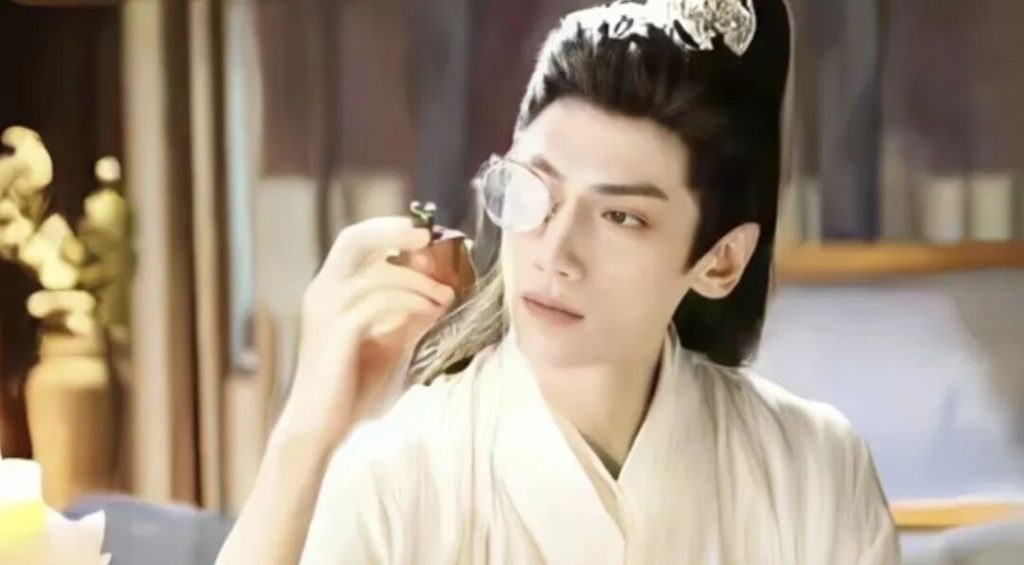
In terms of lens count, they were divided into “single-lens” (单照) and “double-lens” (双照) styles. Interestingly, they weren’t called “eyeglasses” back then. For example, when Qing scholars annotated Song Dynasty texts, they referred to them as “ài dài (叆叇)”. Other simpler names included “reading stone”, “dan zhao,” and “eye rings.”
The earliest “eyeglasses” had just one lens—later known as “single-lens” Such a lens was discovered in the tomb of Liu Jing, Prince of Guangling, from the Eastern Han Dynasty.
Measuring 1.3 cm in diameter (with a 1.1 cm crystal inlay, 0.2 cm thick at the edges and 0.3 cm in the center), it could magnify objects five times. However, scholars remain skeptical: they suspect it might have also served as a ritual object.
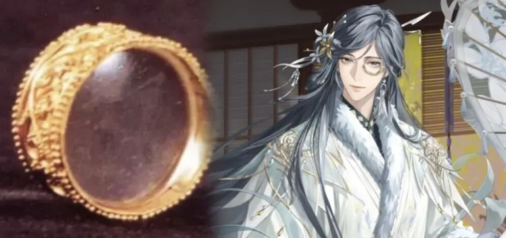
This primitive optical tool is thought to have consisted of a convex lens and a hand – held handle. When in use, it had to be held up to the eye, much like how we use a magnifying glass today.
Ming Dynasty records state that this single – lens device “had only one convex lens and a handle for holding”, and it was mainly used to help elderly people with poor eyesight read small characters.
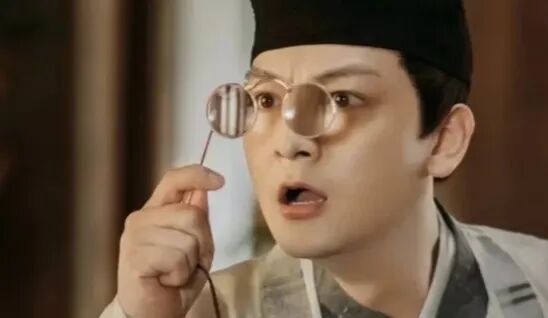
For instance, in the Chinese animated film WHITE SNAKE : AFLOAT, a Song Dynasty shopkeeper uses such a device to check his account books. These “eyeglasses” could be made of materials like crystal or colored glaze. If your age and look fit, you could totally pair a Song – style men’s Chinese Hanfu with one of these for a costume!
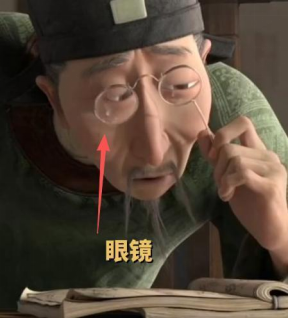
II. Double-Lens Glasses
As craftsmanship advanced, “double-lens” glasses emerged. These had two lenses set in frames connected by a bridge—taking on the basic form of modern eyeglasses.
Interestingly, for portability, ancient craftsmen also invented foldable double-lens frames. Qixiuleigaoxugao (《七修类稿续稿》) describes them as:
“the size of a copper coin, made of thin mica, framed in gold. Folded, they become one piece; unfolded, two.” When folded, they were tiny as a coin, yet when opened, they “doubled the size of characters.”
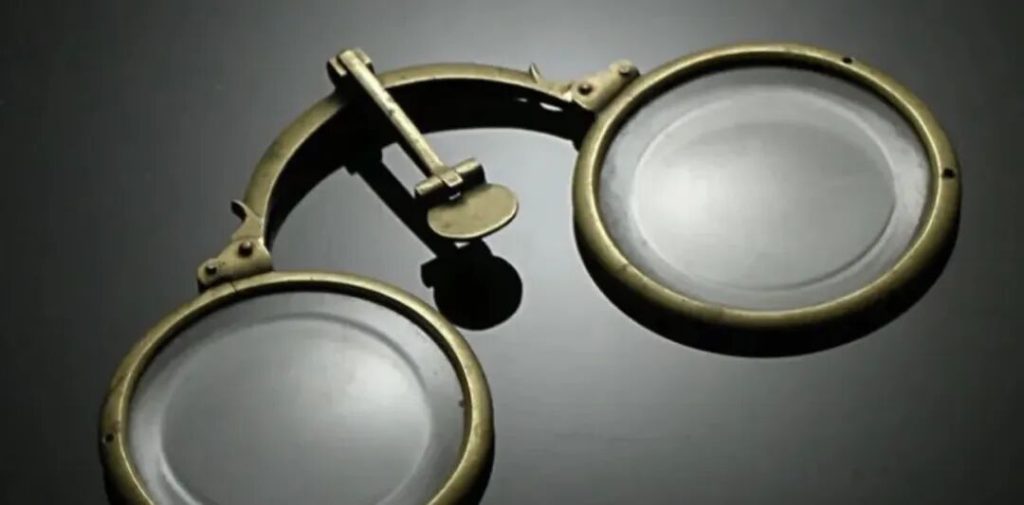
True nearsightedness-correcting glasses likely appeared in the Ming Dynasty too. By then, glassmaking technology had advanced, and glass lenses began entering China—along with the official name “yǎn jìng”.
The same text notes: “I once heard nobles had eyeglasses. For the elderly reading, even small characters became clear—truly a treasure of the age.”
This shows eyeglasses were quite precious back then.
III. How Were Glasses Worn?
Early ways of wearing glasses were quite interesting. Western-style glasses that appeared in the late Ming Dynasty were “tied behind the head with strings or ribbons”—a style often described in ancient poetry:
“Long strings tied to both ears, a bridge straddling the nose” and “All day, short strings pull at my ears; when will this long yoke leave my nose?”
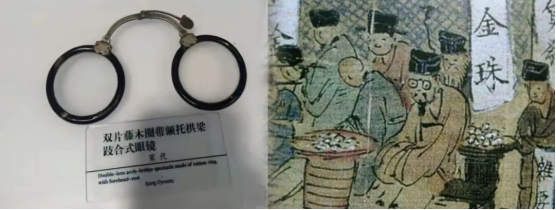
These lines make it clear the string-tied glasses were uncomfortable. (It just feels like my head’s being squeezed tight just by seeing these)
To fix this, the ancients invented a “e tuo (额托)”—a support added to the center of the frame bridge. It kept the glasses at a proper distance from the eyes, boosting stability and comfort. Later, as craftsmanship improved, “double straight-leg glasses” (the prototype of modern glasses) gradually replaced the string-on-ear style. The term “e tuo” faded into history.

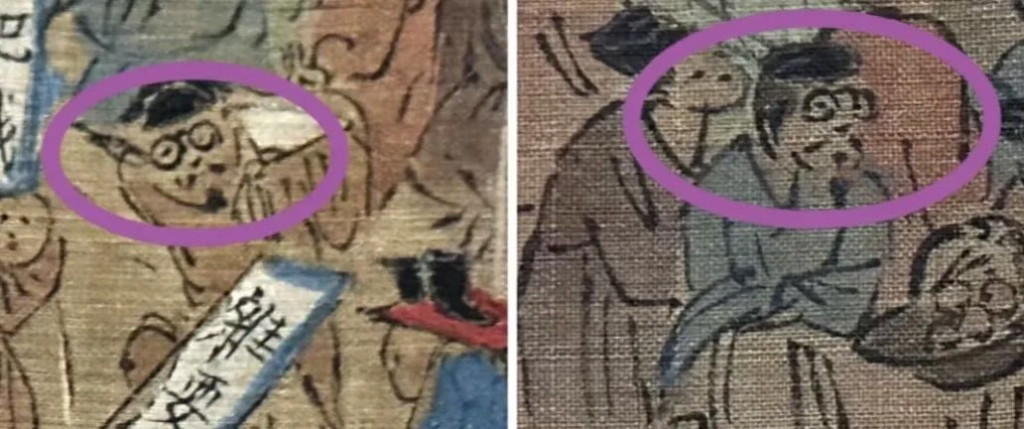
By the Jiaqing era of the Qing Dynasty, glasses had shifted from luxury items to daily necessities. A Bamboo Branch Poem describes:
“Everyone with myopia wears glasses—shops make them in clear and dark shades. Light, delicate, and gentle on the eyes, young folks rush to buy them.”
By then, glasses were no longer just vision aids but fashion accessories. With lenses in various shades, young people snapped them up—much like how we wear sunglasses for style today.
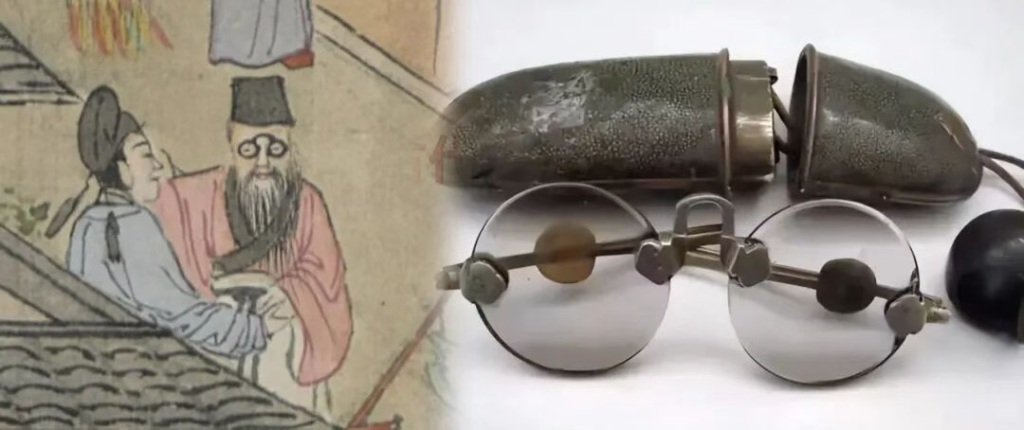
As glasses grew popular, glasses cases emerged too. Skilled craftsmen carved them intricately, blending practicality with art. In the Qing Dynasty, exquisite cases even became waist accessories, showcasing their owner’s taste and status.
Summary
You might wonder: How did people get their eyes tested back then? The proposed method, based on what’s been found, was comparing lenses of different thicknesses to find the perfect fit.
From the Song Dynasty’s crystal “ài dài” to today’s various styles, this tiny vision aid has evolved over a thousand years. It not only witnesses the progress of optical technology but also reflects changes in social aesthetics and lifestyles.
Today, when we push our glasses up our noses, we probably don’t think about the rich history behind this daily item. Next time, we’ll share more stories about Chinese hanfu—we’d love your comments and shares!
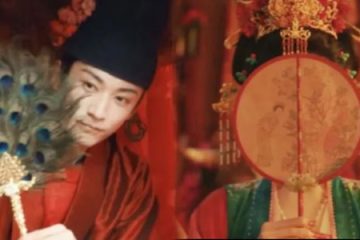
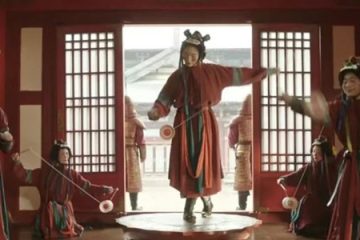
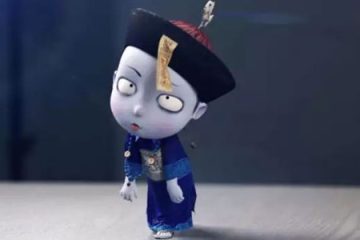
0 Comments